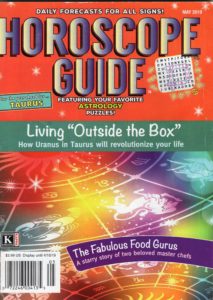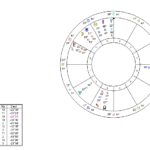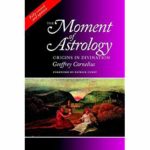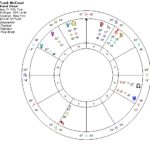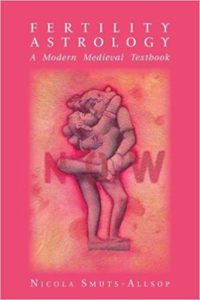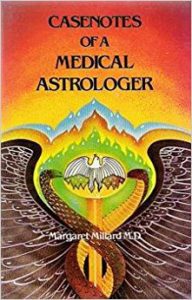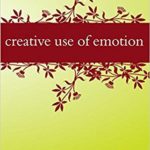Meira Epstein presents Sefer Yetzirah, one of the oldest Jewish mystical texts, in a new, accessible and easy to read translation with commentary. Sefer Yetzirah dates from the 1st to 3rd centuries (perhaps around the time of Vettius Valens and Ptolemy), and presents a philosophical model of creation. 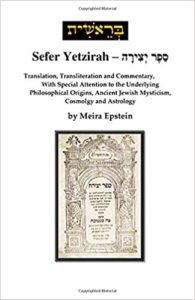
This unusual text describes the creation as a world of pure forms and ideas, a time prior to Genesis’ “In the beginning there was the Word.” Numbers, letters and the elements are the only forms. The numbers are more divine (provoking astrological parallels), the letters are connected to material creation.
Epstein’s argument that the ten “Sefirot” mentioned in the text refer to planetary spheres or motions is compelling. The twelve zodiac signs and other similarities are mentioned, and Sefer Yetzirah ends with the divine covenant with Abraham, who was traditionally connected with astrology.
I’ve never read anything quite like Sefer Yetzirah before, and thankfully Meira Epstein places it in its historical and cultural context. It shares some ideas or influences with Gnosticism, neo Platonism and the Phythogoreans.
While contemporary western books are for the most part rather linear, this is a multilayered and organic work. The introductory sections, Sefir Yetzirah itself, the notes and the commentaries all naturally lead to other sections. Each section is completely different from the rest, and each illuminates the others in many ways, in the same way I understand the Talmud and Torah to be organized. Epstein guides us through this world, and as I become immersed in it, the book kept getting better as I went along, leading me to immediately start reading it once again from the beginning.
But what does Sefer Yetzirah represent? Is it derived from an oral tradition? A magical incantation, prayer or chant? The spare nature of the text itself leaves us with this question.
The entire work is about 200 pages, with the text itself taking about ½ the book and including the original Hebrew, transliteration for those with familiarity of Hebrew, and the English translation and notes.
The Appendices form about 1/3 of book and introduce us to a wide array of related topics in a compact form. One was more fascinating than the next, and they include introductions to the Merkavah mystics and their vision quest, the four-fold hermeneutic way of understanding scripture, the history of writing, the connection between numbers and letters in Gematria, the metaphysical and metaphorical meaning of names, the legend of the Golem, the Dead Sea Scrolls and much more.
If you’re interested in the ancient world, Jewish philosophy or mysticism, you’ll enjoy this engrossing book – a small treasure!
Buy Sefer Yetzirah at Amazon.com.
